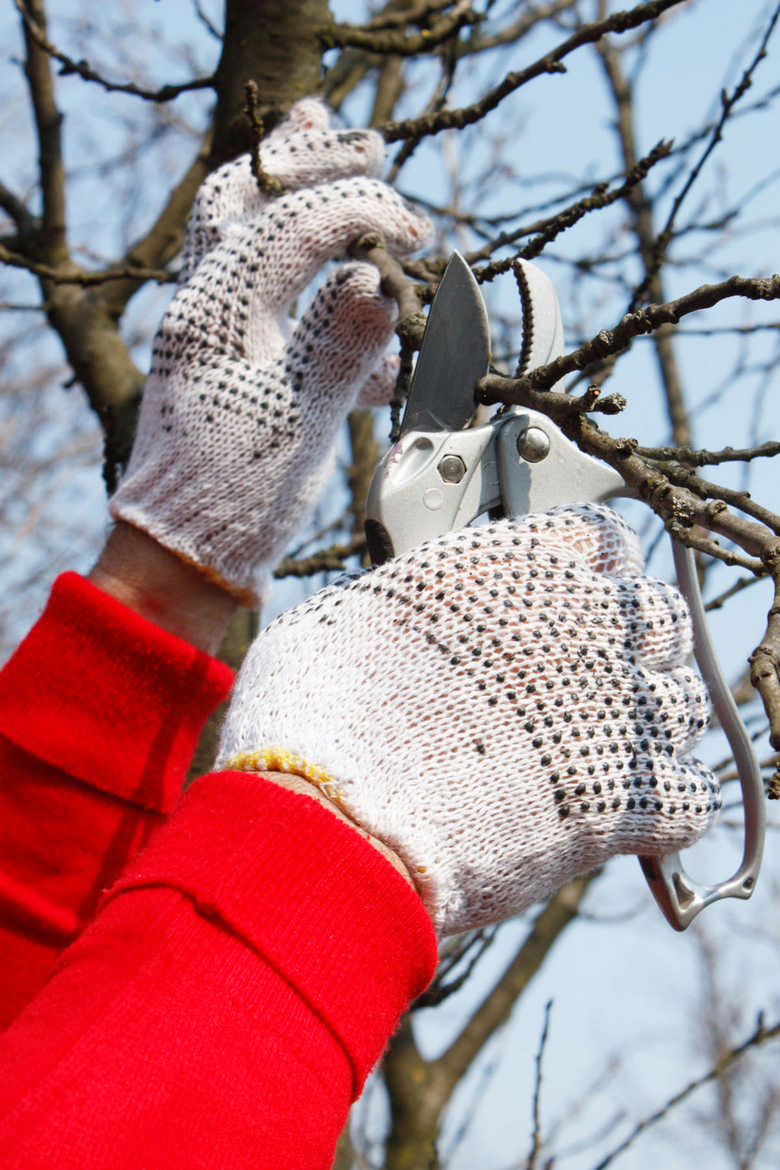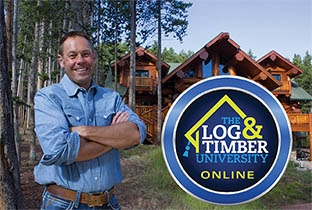Within 30 feet* of a home or structure, homeowners should:
- Reduce or eliminate hazardous evergreen trees, such as pines and spruces that have limbs hanging close to the ground.
- Remove small trees, household debris, brush and ground fuels (leaves and pine needles).
- Plant short green grass and keep it watered and mowed. (Lawns are a great fuel break!)
- Prune lower tree limbs to a height of 6–10 feet, and space trees so crowns are 10–16 feet apart (this prevents fire from jumping through the crowns). Remember that trees grow larger and faster when pruned.
- Remove small shrubs, ground litter, and dead trees.
And there’s more you can do:
- Store firewood away from the house, and clear vegetation at least 10 feet away from your propane tanks.
- Store highly flammable items like gasoline, paint and solvents in a cool, well-ventilated area away from other structures.
- Leave at least 10 feet between any outbuildings.
- Within 3 feet of a structure, maintain an area free of combustible materials to prevent flames from having direct contact with your home. (Such materials as gravel, stone chips, concrete, or mineral soil work well next to a home.)
- Keep your rain gutters and roof free of leaves, pine needles, and other flammable debris. The debris can easily be ignited by windblown sparks.
*Expanding this 30-foot buffer to 100 feet makes these tactics even more effective.
FIRE TERMS TO KNOW
SURFACE FIRES burn materials that are lying on or immediately above the ground. This includes pine needles, leaves, grass, low shrubs, stumps, tree limbs and downed logs. This type of fire can surround a home and slowly find vulnerable spots to ignite. Surface fires can become crown fires in stands where there are ladder fuels allowing a fire to climb up to the crown.
CROWN FIRES move through the canopy, or top of the forest, by burning from one treetop to the next. Crown fires have extremely high flames, making them capable of starting spot fires ahead of the fire front and throwing burning embers onto your property. These are the most destructive of all wildfires, moving over large areas in short periods of time.
LADDER FUELS are branches that extend to the ground and allow a fire to climb up a tree to its crown.













